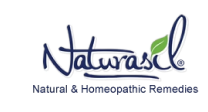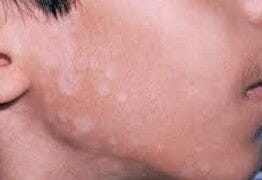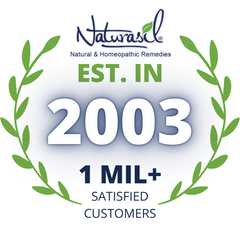If you're one of the millions worldwide suffering from tinea versicolor. In that case, you may feel as if you're in an invisible war. While the yeast causes skin discoloration and, for some, itching and scaling that closely resemble other skin disorders, the treatment of this condition is universally similar. Engaging in external and internal warfare is the only way to rid this infection from your skin. As with many other skin conditions, there is far more myth surrounding treatment options than fact. If you're searching for a way to eliminate the ever-increasing influence of tinea versicolor, in that case, several prescription and natural treatment options are at your disposal.
Tinea Versicolor – A Brief Overview and Diagnosis Method
Before delving into various treatment options, it's imperative that you have a solid understanding of this condition. Much like any other bodily ailment, the more you understand this common skin infection, the greater your ability to eradicate it.
In its most fundamental sense, tinea versicolor is an overgrowth of natural skin flora, better known as yeast, which results in skin discoloration. The primary culprit of this condition is a dimorphic fungus known as Malassezia furfur. This harmless fungus is typically contained by your immune system and other natural enzymes; however, in specific situations exasperated via internal or external influences, this standard skin component can multiply at an astonishing rate.
Its proliferation is characterized by asymptomatic patches of discolored skin ranging from pink to white and brown. The discoloration of your skin results from an acidic bleach-type enzyme released from the growing yeast. This acidic discharge hinders the production of pigmentation enzymes, resulting in discolored skin patches. In people with darker pigmentation, this bleaching action often results in lighter-colored skin. People with lighter skin pigmentation typically experience patches of pink or brownish-tan hues.
Although the appearance of this condition is often enough to make an accurate diagnosis, its manifestation can appear similar to other skin ailments, such as vitiligo and pityriasis alba, a mild form of eczema often seen in younger adults. Suppose a visual inspection cannot yield a confident diagnosis. Your physician or dermatologist may perform a test where a small skin sample is collected and potassium hydroxide is applied. The specimen is examined under a microscope, where the physician can diagnose accurately by reviewing the formation of yeast cells.
From Topical to Internal – Most Effective Treatment Options
Although there are several treatment options available for tinea versicolor, treatments may be broken down into four primary categories:
Prescription Ointment (Topical Application): In many cases, a prescription ointment is only required if the affected areas are widespread or the outbreak is severe enough to justify stronger medications. Generally, physicians recommend 2.5% selenium sulfide or 2% ketoconazole shampoo. While these medications are found in reduced-strength versions without a prescription, the extra concentration of its active ingredients promotes quicker healing for both mild and severe infections.
Medicated Cleansers (Treatment and Preventative): Due to tinea versicolor, many treatments are combined with preventative measures. Once this condition has occurred, a recurrence is almost guaranteed. This is especially true for those living in hot, humid climates or those with excessively oily skin. Therefore, your physician may recommend a twice-monthly medicated cleansing wash to help keep skin flora levels in check. These medications often include weaker concentrations of selenium sulfide or pyrithione zinc.
Over-the-Counter Ointments: For the majority of tinea versicolor patients, the use of OTC ointments is recommended. These products are cost-effective and, in most cases, capable of eradicating these skin infection signs and symptoms. Much like prescription-based ointments, OTC medications typically feature lower concentrations of selenium sulfide, clotrimazole, miconazole, and ketoconazole. The application instructions vary for each compound; however, these medications generally are used anywhere from 10 days to four weeks.
Oral Medications: In some cases, oral medications are essential. This is especially true for severe infections or those wishing to simplify treatments. The most common oral medications for tinea versicolor include itraconazole or ketoconazole. Although oral antifungal medications can eliminate the signs and symptoms of tinea versicolor, they are not without significant side effects. In the most extreme cases, oral medications can interfere with other medicines. Therefore, it's imperative to be under strict dermatologist/physician supervision throughout the treatment.
Natural Remedies: Those wishing to avoid applying synthetic medications have many opportunities to eradicate this overgrowth of yeast via natural compounds. One of the most effective natural treatment options is offered by Naturasil. These products call upon the natural anti-fungal properties of ingredients such as eucalyptus leaf oil, lavender oil, sulfur, jojoba seed oil, and patchouli leaf oil.







